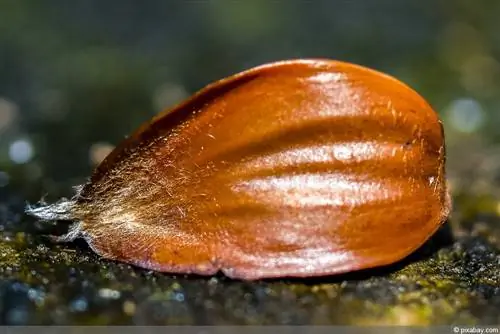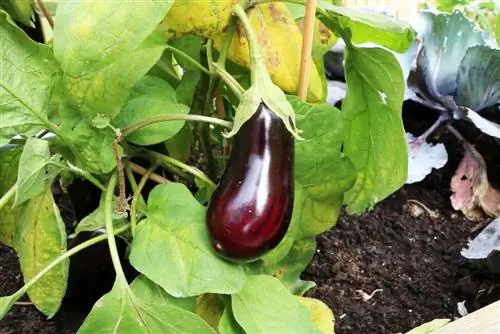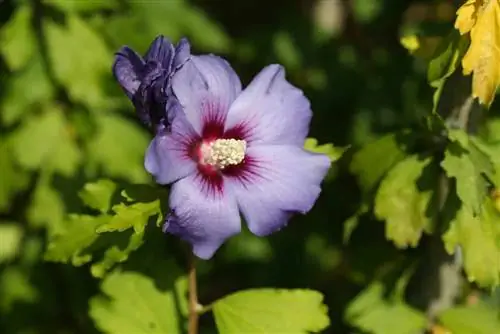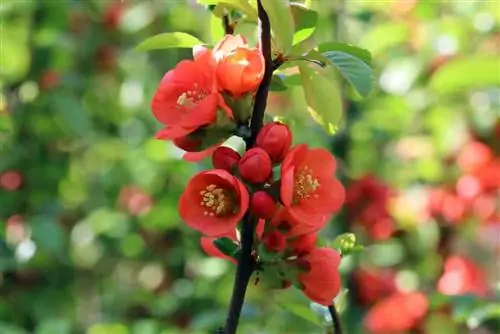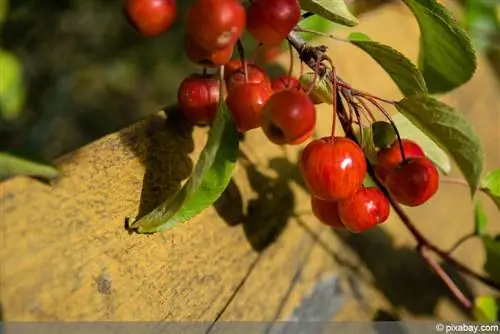- Author admin [email protected].
- Public 2023-12-17 03:39.
- Last modified 2025-01-24 12:45.
For many people, searching for, opening and eating beechnuts is part of a walk in the forest, like the rustling of the leaves and the play of light and shadow. However, it is repeatedly pointed out that the seeds of the common beech are poisonous. Anyone who likes to enjoy the nutty aroma of beechnuts is now rightly asking themselves whether they should stay away from them in the future. Below we explain how poisonous the beechnut actually is and what should be taken into account when consuming it.
Poisonous or not?
The question about the harmfulness of beechnuts must be answered clearly with a “yes”. In fact, beechnuts contain a high content ofoxalic acid This substance, which is also found in various other crops, is initially not critical, but can quickly deteriorate if consumed in excess or if the oxalate balance in the human body is disturbed deposited in the kidneys. There it can lead to the following complaints:
- Kidney semolina
- Kidney stones
- Other kidney diseases up to impaired kidney function
In addition, raw beechnuts contain other substances that lead to their official classification as slightly toxic:
Alkaloids
Alkaloids include a variety of different substances, all of which can have their own unique effects. What they all have in common, however, is that they have an influence on the human organism and can thus contribute to the symptoms of Fagin described below.
Trimethylamine
This material is also known as Fagin, based on the Latin name of the beech tree “Fagus”. In dosages that can occur with intensive consumption of beechnuts, possible consequences are:
- Eye irritation
- Impairment of the respiratory organs in the form of coughing and irritation of the throat and pharynx
- Nausea
- Vomiting
How much is toxic?
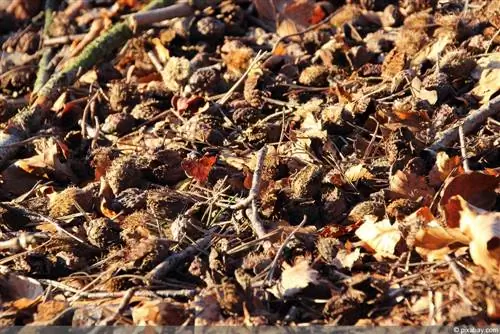
As always, the popular saying “the dose makes the poison” also applies here. If individual beechnuts are eaten here and there while walking in the forest, there are certainly no effects to be feared. There is hardly any danger here, even for children. Only when beechnuts are specifically collected and consumed in large numbers should one consciously pay attention to possible symptoms and, if necessary, avoid further consumption.
Possible remedies
The big advantage of the toxins contained in beechnuts is that they are broken down by heat or converted into non-critical substances. This applies to oxalic acid as well as to fagin and various alkaloids. Even though you will rarely have to cook beechnuts, roasting these nut-like kernels can be a real alternative to eliminate the toxins and at the same time intensify the aroma:
- Keep the roasting temperature low, as the oils contained burn at around 70 degrees Celsius and become bitter
- Provide the roasting time so that the entire seeds are continuously heated to at least 50 degrees Celsius, otherwise the toxins will not be broken down
- Due to their small size, constantly monitor the kernels during the roasting process to avoid burning
- No separate addition of oil or fat required due to the high oil content of the kernels
Info:
In the times of hunger after the Second World War, it was common practice to collect beechnuts and brew them as a coffee substitute. Roasting was specifically used to achieve the coffee-like aroma, but at the same time to eliminate the toxins.
When beechnuts are actually poisonous
There is a special case in which the beechnut actually appears to be more than slightly poisonous. Since the beechnuts fall from the tree as they ripen and are usually picked up from the ground, the risk of mold infestation is relatively high. An obvious infestation is rather uncritical. It can be problematic if mold is already present but is not yet noticeable. If beechnuts are consumed in large numbers at this stage of infestation, older people and children in particular can suffer greatly from the toxins from the mold.

